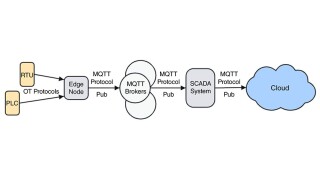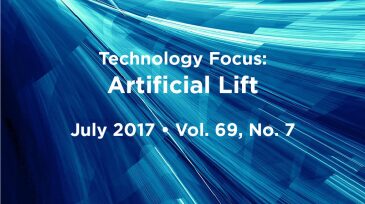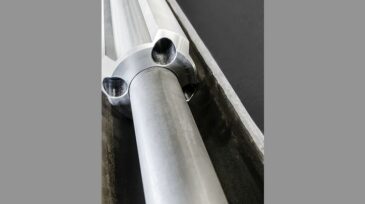Artificial lift
This paper presents a case study highlighting the demonstration, refinement, and implementation of a machine-learning algorithm to optimize multiple electrical-submersible-pump wells in the Permian Basin.
This paper presents a closed-loop iterative well-by-well gas lift optimization workflow deployed to more than 1,300 operator wells in the Permian Basin.
This paper explores the use of machine learning in predicting pump statuses, offering probabilistic assessments for each dynacard, automating real-time analysis, and facilitating early detection of pump damage.
-
This paper focuses on a fit-for-purpose methodology to evaluate well-production performance for a wide range of artificial-lift techniques.
-
This paper presents an artificial-lift selection process to maximize the value of unconventional oil and gas assets.
-
This study presents a methodology to define the most-adequate artificial-lift technique on the basis of technical limitations, a suitability coefficient (based on an attributes table), and economic analysis toward horizontal well configuration.
-
With Over 200 Shale Well Installs, This Slug-Smoothing Lift Technology Is Boosted By Schlumberger JVSlug flow has made the life of an unconventional production engineer a bit complicated, but a new downhole technology may smooth things right out by solving some big artificial lift problems for the shale sector.
-
Unconventional production patterns in the Permian Basin are leading producers to replace electrical submersible pumps (ESPs) with gas lift, which had been little used there.
-
The 2016 SPE Legends of Artificial Lift are announced. Recipients will be honored at the 2016 SPE Artificial Lift Conference and Exhibition for North America to be held this month.
-
The sharp downturn in the offshore oil business has sparked interest in using subsea pumps to add production. If those conversations turn into orders, it may convert this rarely used option into a commonly used tool for extending the life of offshore fields.
-
Our problem is that we are dealing with multiphase, multicomponent fluids whose compositions change spatially and temporally inside imperfectly understood heterogeneous reservoirs whose characteristics also change spatially and temporally.
-
This work experimentally investigates the behavior of an intermittent multiphase liquid/gas flow that takes place upstream of an electrical submersible pump (ESP).
-
This paper describes a methodology for classification of artificial-lift-system (ALS) failures and addition of a commonly used root-cause failure classification.











